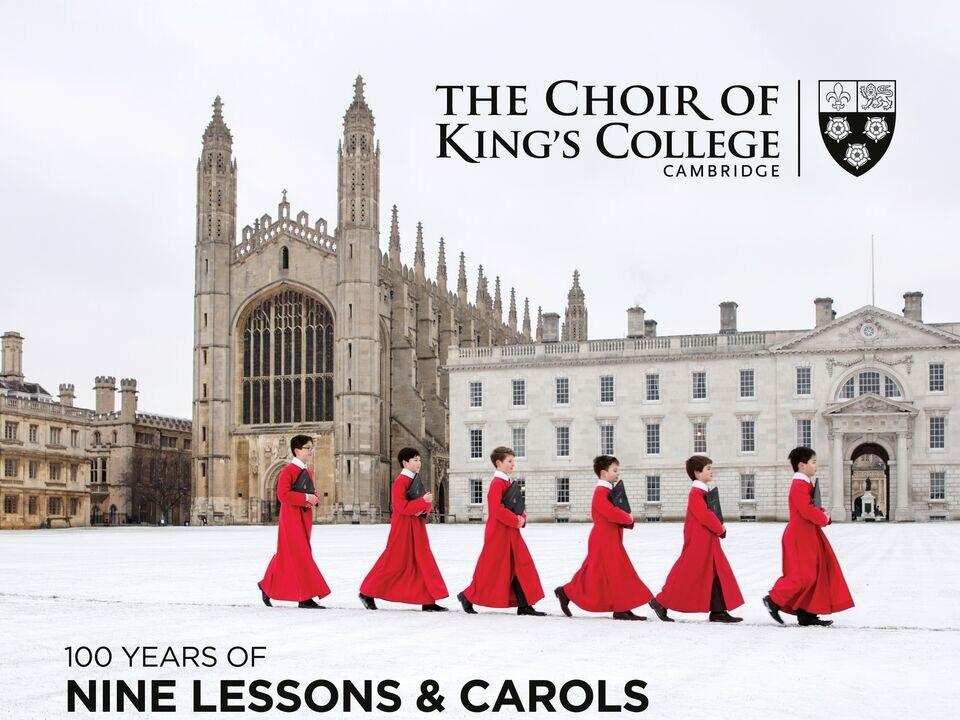“A Festival of Nine Lessons and Carols,” at King’s College Chapel in Cambridge, England, is the sound of Christmas, if ever there was one. This Christmas Eve, the chapel will celebrate its 100th year of the much-loved service.
Known by many as simply “the place where the carols are sung,” the King’s College Chapel has hosted the service that has been broadcast by the BBC since 1928 and across the world since the early 1930s.






